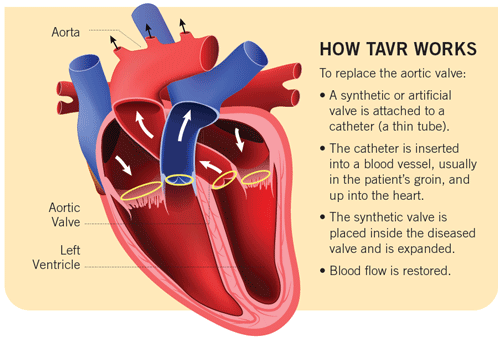“Find a surgeon you’re comfortable with and have the TAVR procedure. It makes a big difference in your life.”
Helen Blumenthal, 80, is a dedicated walker. When she lived in Manhattan, she walked every day, and she has kept it up since she retired from her work as a software trainer and technical writer in 2019 and moved to Jersey City.
Nothing stopped her, not even the diagnosis of a heart murmur that she received in 2013—a sign of aortic stenosis, a condition in which the aorta thickens and becomes stiff. Afterward, she got annual echocardiograms to monitor the stenosis and continued her routine.

“At some point I realized I was getting out of breath climbing stairs,” Blumenthal says. She found she didn’t have as much energy as she used to and wasn’t sleeping well either. She reported her symptoms to her primary care physician in Jersey City, who recommended she see Michael Benz, MD, an interventional cardiologist and Director of the TAVR and Structural Heart Program at Jersey City Medical Center (JCMC).
Hope For Hardened Valves
Aortic stenosis may develop as a result of aging and occasionally is due to a family history, a congenital condition or infections like rheumatic heart disease. As years pass, aortic stenosis causes the patient’s heart to have difficulty pumping blood through the body, and symptoms start appearing.
“In addition to the symptoms Helen experienced—weakness, shortness of breath and trouble sleeping—some patients report chest discomfort,” Dr. Benz says.
Dr. Benz found that Blumenthal’s aortic stenosis had reached the point where the valve was failing. That meant she was a prime candidate for a minimally invasive procedure called TAVR, or transcatheter aortic valve replacement. It’s one of the advanced treatment options offered by JCMC’s Structural Heart program, which works as part of RWJBarnabas Health’s Northern Department of Cardiothoracic Surgery.
At one time, only the oldest and sickest patients were eligible for TAVR; others were advised to have open heart surgery. As time went on, though, clinical trials indicated that TAVR is safe and effective for lower-risk patients, too. The FDA approved TAVR for this larger population of patients in 2019. Now the JCMC TAVR team considers all patients 65 and over who have symptomatic severe aortic stenosis to be potential candidates for the procedure.
At JCMC, TAVRs are performed in the hospital’s brand-new and expanded catheterization laboratory. The procedure takes about an hour and requires only an overnight stay. After an echocardiogram to check that the new valve is working properly, patients can go home.
Blumenthal liked the idea that she could choose a minimally invasive procedure instead of open surgery. “My mother had her heart valve replaced in the early 2000s, and she had open heart surgery and was in the hospital for about a week. Then she had to go to rehab to get back on her feet,” she says. “I didn’t want to do that.”
Blumenthal looked up information online, and Dr. Benz answered all her questions and showed her a video of the procedure. She decided to take the TAVR option.
'Pleasantly Surprised'
A couple of weeks before the procedure last November, Blumenthal went for a heart catheterization to make sure that she had no blockages in her coronary arteries and also underwent a CT scan to determine the size of the replacement valve she would need.
“Helen was one of our first TAVR patients at Jersey City Medical Center, and she did extremely well,” Dr. Benz says. “She was able to get up and walk six hours after the procedure.”
Blumenthal admits she had a little trepidation beforehand—“after all, it’s a procedure,” she says. “But I was pleasantly surprised.” Dr. Benz and his team inspired confidence, she says, and she appreciated the care provided by the whole TAVR team, both before and after the procedure.
“Recovery was easy,” Blumenthal says. “The hardest part was lying flat for three hours afterward."
“Now, I’m still working on strengthening my legs, but I can walk faster and I sleep so much better,” she explains. She also works with a personal trainer once a week and is now able to do more in those sessions without having to take a break.
“Most TAVR patients say they didn’t imagine the procedure was this simple,” says Dr. Benz. “We want to remove any fears they may have, so they can get better and live life to the fullest. And with our state-of-the-art program at Jersey City Medical Center, Hudson County residents have no need to travel to New York City, or even to another county, to have TAVR.”
Blumenthal’s message for people who find themselves in her situation is simple: “Find a surgeon you’re comfortable with and have the TAVR procedure. It makes a big difference in your life.”
How TAVR Works
 To replace the aortic valve:
To replace the aortic valve:
- A synthetic or artificial valve is attached to a catheter (a thin tube).
- The catheter is inserted into a blood vessel, usually in the patient’s groin, and up into the heart.
- The synthetic valve is placed inside the diseased valve and is expanded.
- Blood flow is restored.
For more information about surgical and transcatheter aortic valve replacement at Jersey City Medical Center, call 866-526-8258.